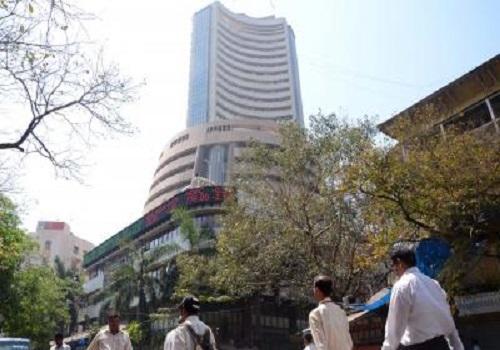
Market Recovery Driven by Positive Global & Domestic Cues: Experts
After three consecutive weeks of losses, the Indian stock market made a strong comeback, closing the week with gains of nearly 2 per cent. This sudden turnaround has left many investors and experts wondering what could have triggered such a remarkable recovery. According to market watchers, among the key drivers, the global sentiment improved following reports of a delay in US tariffs and the possibility of further negotiations, which helped stabilise financial markets.
The Indian stock market has been under pressure in recent weeks due to various global and domestic factors. The ongoing US-China trade tensions, global economic slowdown, and concerns over the Indian economy’s growth rate had all contributed to the market’s decline. However, the recent news of a potential delay in US tariffs and the possibility of further negotiations have helped to ease worries and boost investor sentiment.
“The global market has been experiencing a lot of volatility in recent times, and the Indian market is no exception,” said Ramesh Damani, a well-known market expert. “However, the recent developments suggest that the worst could be behind us. The delay in US tariffs and the possibility of further negotiations have helped to stabilise the global market, and this has had a positive impact on the Indian market as well.”
Domestic cues have also played a significant role in the market’s recovery. The recent measures taken by the government to boost the economy, such as the reduction in corporate tax rates and the increase in the FDI limit in various sectors, have been well-received by investors. The government’s efforts to increase spending on infrastructure development and to improve the business environment have also helped to boost investor confidence.
“The government’s measures to boost the economy have been well-received by investors, and this has helped to improve the market’s sentiment,” said Damani. “The reduction in corporate tax rates and the increase in the FDI limit in various sectors have been particularly positive developments, as they have helped to improve the competitiveness of Indian businesses and increase investment flows into the country.”
In addition to these factors, the Indian market’s recovery has also been driven by the actions of institutional investors. Many institutional investors, such as foreign portfolio investors (FPIs) and domestic institutional investors (DIIs), have been increasing their exposure to the Indian market in recent weeks. This has helped to boost the market’s liquidity and drive prices higher.
“Institutional investors have been increasing their exposure to the Indian market in recent weeks, and this has helped to drive prices higher,” said Damani. “FPIs, in particular, have been net buyers of Indian equities, and this has helped to improve the market’s sentiment. DIIs have also been increasing their exposure to the market, and this has helped to boost liquidity and drive prices higher.”
Despite the recent recovery, experts are cautioning investors not to get too optimistic. While the market’s recovery is a positive sign, it is still important to remain cautious and to keep a close eye on developments in the global and domestic markets.
“While the recent recovery is a positive sign, it is still important to remain cautious and to keep a close eye on developments in the global and domestic markets,” said Damani. “The global market is still experiencing a lot of volatility, and the Indian market is no exception. It is still important to follow a disciplined approach and to avoid getting caught up in the recent trend.”
In conclusion, the Indian stock market’s recent recovery is a positive sign, driven by a combination of positive global and domestic cues. While the market’s recovery is a welcome development, it is still important to remain cautious and to keep a close eye on developments in the global and domestic markets. By following a disciplined approach and avoiding getting caught up in the recent trend, investors can navigate the market’s volatility and achieve their long-term goals.






